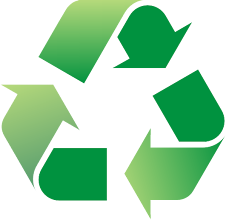Green Lawn caution is not a challenging job. You must take caution of a small amount of things. Green is the foremost color of the lawn. You engage in to keep the color intact. For jade lawn caution you engage in to keep to firm methods and philosophy.
Mowing
Mowing will keep the lawn jade all the way through the day. When you scythe the lawn on the crucial height, it grows with better wellbeing and remains jade. Proper mowing helps the grass roots to be converted into strong. Muscular roots in rotation helps in proper growth of the grasses and makes them jade.
Mowing
Mowing will keep the lawn jade all the way through the day. When you scythe the lawn on the crucial height, it grows with better wellbeing and remains jade. Proper mowing helps the grass roots to be converted into strong. Muscular roots in rotation helps in proper growth of the grasses and makes them jade.





















![Validate my Atom 1.0 feed [Valid Atom 1.0]](valid-atom.png)


